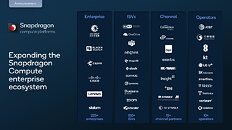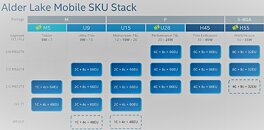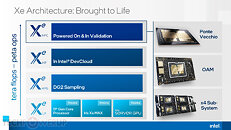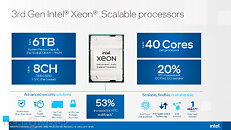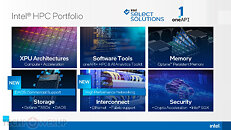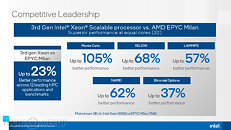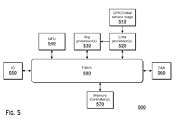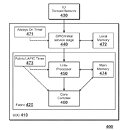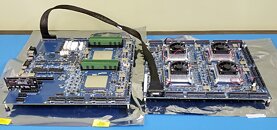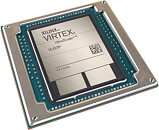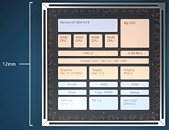PC Shipments Begin to Slow Following Two Years of Strong Growth, According to IDC
Global shipments of traditional PCs, including desktops, notebooks, and workstations, declined 5.1% in the first quarter of 2022 (1Q22) but exceeded earlier forecasts, according to preliminary results from the International Data Corporation (IDC) Worldwide Quarterly Personal Computing Device Tracker. The PC market is coming off two years of double-digit growth, so while the first quarter decline is a change in this momentum, it doesn't mean the industry is in a downward spiral. Despite ongoing supply chain and logistical challenges, vendors still shipped 80.5 million PCs during the quarter. The 1Q22 volume marks the seventh consecutive quarter where global shipments surpassed 80 million, a feat not seen since 2012.
"The focus shouldn't be on the year-over-year decline in PC volumes because that was to be expected. The focus should be on the PC industry managing to ship more than 80 million PCs at a time when logistics and supply chain are still a mess, accompanied by numerous geopolitical and pandemic-related challenges," said Ryan Reith, group vice president with IDC's Worldwide Mobile Device Trackers. "We have witnessed some slowdown in both the education and consumer markets, but all indicators show demand for commercial PCs remains very strong. We also believe that the consumer market will pick up again in the near future. The result of 1Q22 was PC shipment volumes that were near record levels for a first quarter."
"The focus shouldn't be on the year-over-year decline in PC volumes because that was to be expected. The focus should be on the PC industry managing to ship more than 80 million PCs at a time when logistics and supply chain are still a mess, accompanied by numerous geopolitical and pandemic-related challenges," said Ryan Reith, group vice president with IDC's Worldwide Mobile Device Trackers. "We have witnessed some slowdown in both the education and consumer markets, but all indicators show demand for commercial PCs remains very strong. We also believe that the consumer market will pick up again in the near future. The result of 1Q22 was PC shipment volumes that were near record levels for a first quarter."





